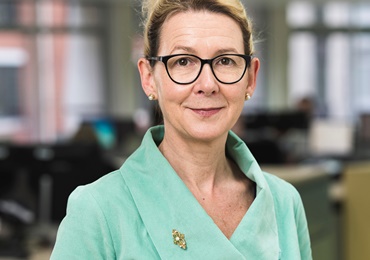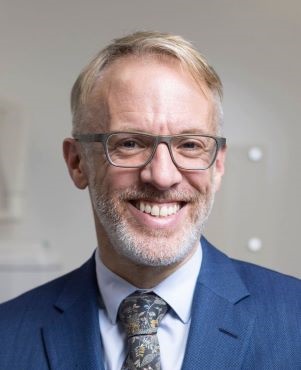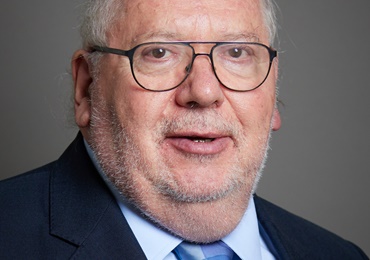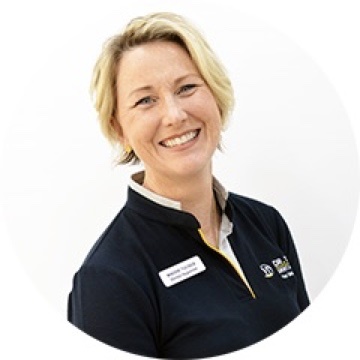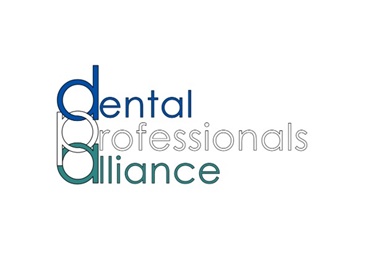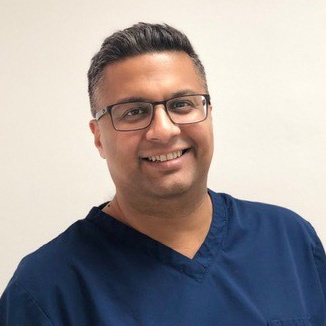Bill Moyes' post-January Council blog
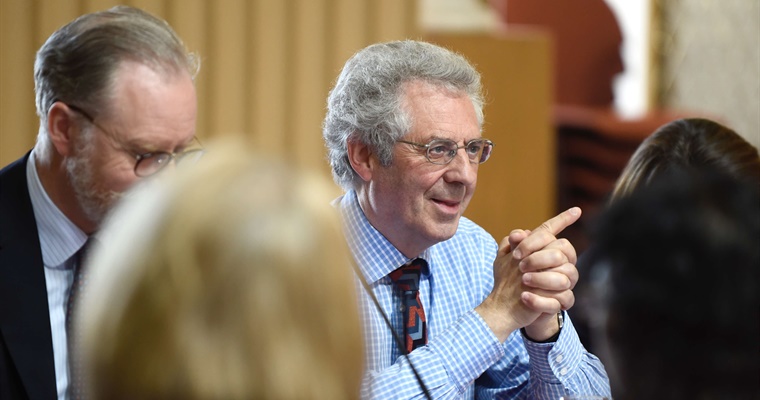
The Council held its first meeting of 2019 in the GDC’s new offices in Birmingham, which are becoming the GDC’s operational hub.
The principal reason for the GDC to move out of London is to provide a long-term, cost-effective and sustainable solution to delivering the GDC’s strategic aims, by minimising the cost of the GDC estate and its workforce. We forecast that this move will deliver circa £50 million net savings over the 15-year period from 2018 to 2033.
The Council was also in Birmingham for the launch of Moving Upstream, which charts the progress the GDC has made in achieving the ambitions of developing a better, fairer system of dental regulation as set out in Shifting the balance. To mark its launch, the GDC brought together almost 150 stakeholders, including patients, students, dental professionals and partner organisations to discuss how we can work better together to promote public protection and protect public confidence in dental services. This was the first of what will be an annual event designed to promote a dialogue between the Council and those that have a stake in the system of dentistry.
This is the first meeting of the Council in 2019 and we spent some time reflecting on the work for the year ahead.
The GDC will be consulting in late May on a three-year strategy. This is designed to be more transparent about the costs involved in professional dental regulation and how they are allocated. There are some things that the law requires us to do, such as maintaining a register and investigating a potential fitness to practise case. There are other things that we choose to do to help us fulfil our statutory purpose of protecting the public and maintaining public confidence in dental services and the consultation will be an opportunity to influence how these costs are allocated.
This is a new and improved way of working for the GDC. Previously, the GDC planned and set a budget for one year ahead. This doesn’t work well, because many issues that can affect the GDC’s work can have an impact beyond one calendar year: a particularly complex fitness to practise case or a potential change in the composition of the dental workforce, for example.
2019 will also see us consulting on our approach to continuing professional development. Our aim is to create conditions in which every professional can own his or her development with as little bureaucracy – in terms of checks on hours and requirements for paperwork – as possible. We’ll be looking at ways to put peer-to-peer learning right at the heart of CPD on the basis that the profession is its own best learning resource.
This will also be the first year of transition to what will become a radically different approach to our assessment of the quality of dental education and training. We are focussing more on the overall effectiveness of this process, and the most important risks and barriers. This year, we’ll be looking at how data is used to identify poorer performing students and designing and monitoring suitable interventions, for example.
We will also complete our End to End Review of Fitness to Practise in the summer. We have already redesigned the first assessment stage of the process, which has reduced the time taken from 12 days to just 4. We have also improved how we store information which has reduced the time it takes to upload documents from seven days to two hours. We have also overhauled our written communications in FtP, so that they now have all achieved the standard of ‘plain English’. But there is more to do. Before the programme closes, we will pilot a system that allows us to share learning with dental professionals and other stakeholders from fitness to practise cases. We’ll be improving utilisation of our hearing facilities and the information available to people appearing at hearings. We know that receiving formal allegations of impaired fitness to practise can be stressful and confusing, so we will review the processes and communications around that part of the process.
Finally, none of us know what the consequences of the UK’s exit from the European Union will be for health services, for dentistry or for regulation. That is why we have conducted research on the post-EU exit intentions of EEA-qualified dental professionals working in the UK. We are planning further research which will aim to provide us with increased insight and aid us in our planning, which we will also publish.
I and the Council look forward to working with many of you to achieve our ambitious work plan for 2019.
 eGDC
eGDC



